How to choose 24V battery equalizer for 2pcs x 12V battery?
Choosing a 24V battery equalizer for a setup with 2 pieces of 12V batteries involves considering several factors:
- Voltage Compatibility: Since you have two 12V batteries, your system voltage is 24V. Ensure that the battery equalizer you choose is specifically designed for a 24V system.
- Battery Chemistry Compatibility: Determine the type of batteries you have (e.g., lead-acid, lithium-ion) and choose an equalizer that is compatible with that chemistry.
- Balancing Method: Equalizers use various methods to balance the voltages of batteries. Some use passive balancing (dissipating excess energy as heat), while others use active balancing (transferring energy between batteries). Choose a balancing method that suits your needs and preferences.
- Current Capacity: Consider the maximum current capacity of your battery bank and choose an equalizer that can handle the current flow within your system without overloading.
- Protection Features: Look for equalizers that offer protection features such as overcharge protection, over-discharge protection, and short-circuit protection to ensure the safety of your batteries.
- Size and Installation: Ensure that the equalizer is of appropriate size for your installation space and that it is easy to install and integrate into your existing battery system.
- Brand and Reviews: Research different brands and read reviews to ensure reliability and performance. Choose a reputable brand known for producing quality battery equalizers.
- Cost: Consider your budget, but prioritize quality and features over price to ensure the longevity and safety of your battery system.
By considering these factors, you can choose a suitable 24V battery equalizer that will effectively balance the voltages of your 2 x 12V batteries, optimizing their performance and extending their lifespan. If you’re uncertain about any technical specifications or compatibility issues, consult with a qualified technician or the manufacturer for guidance.


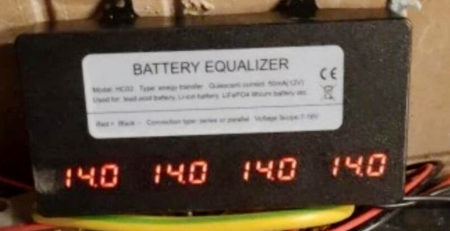
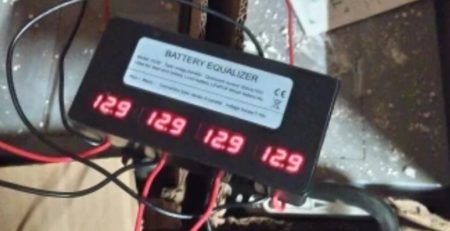
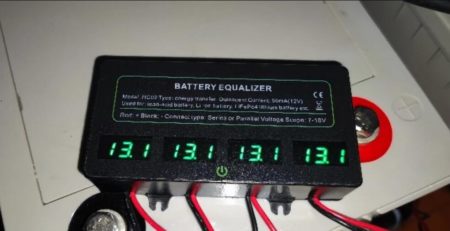
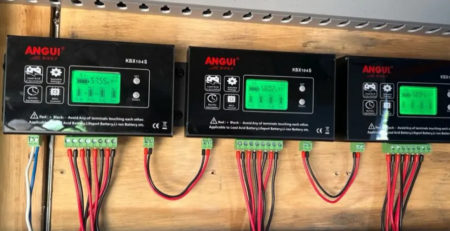

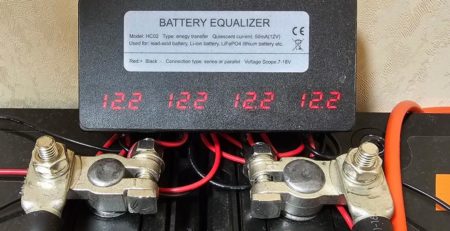
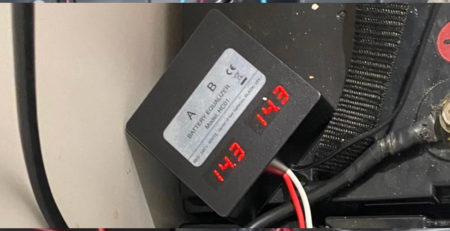
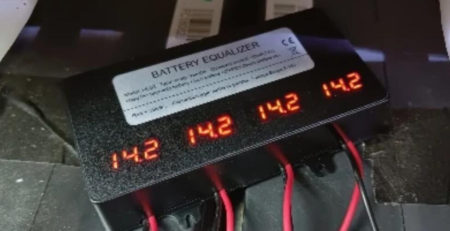
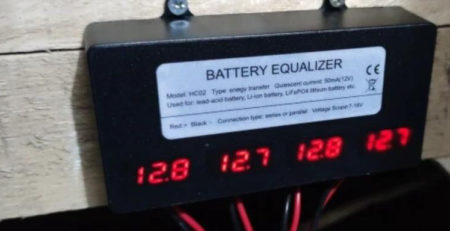
Leave a Reply